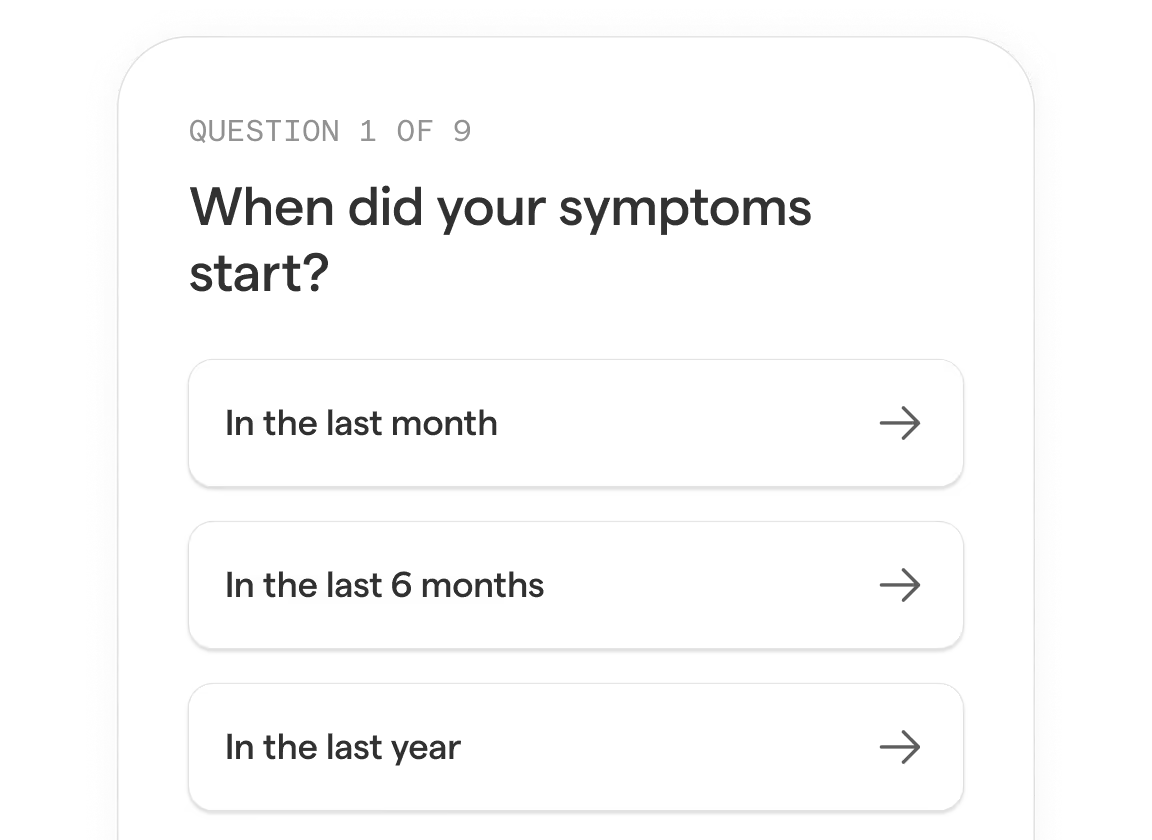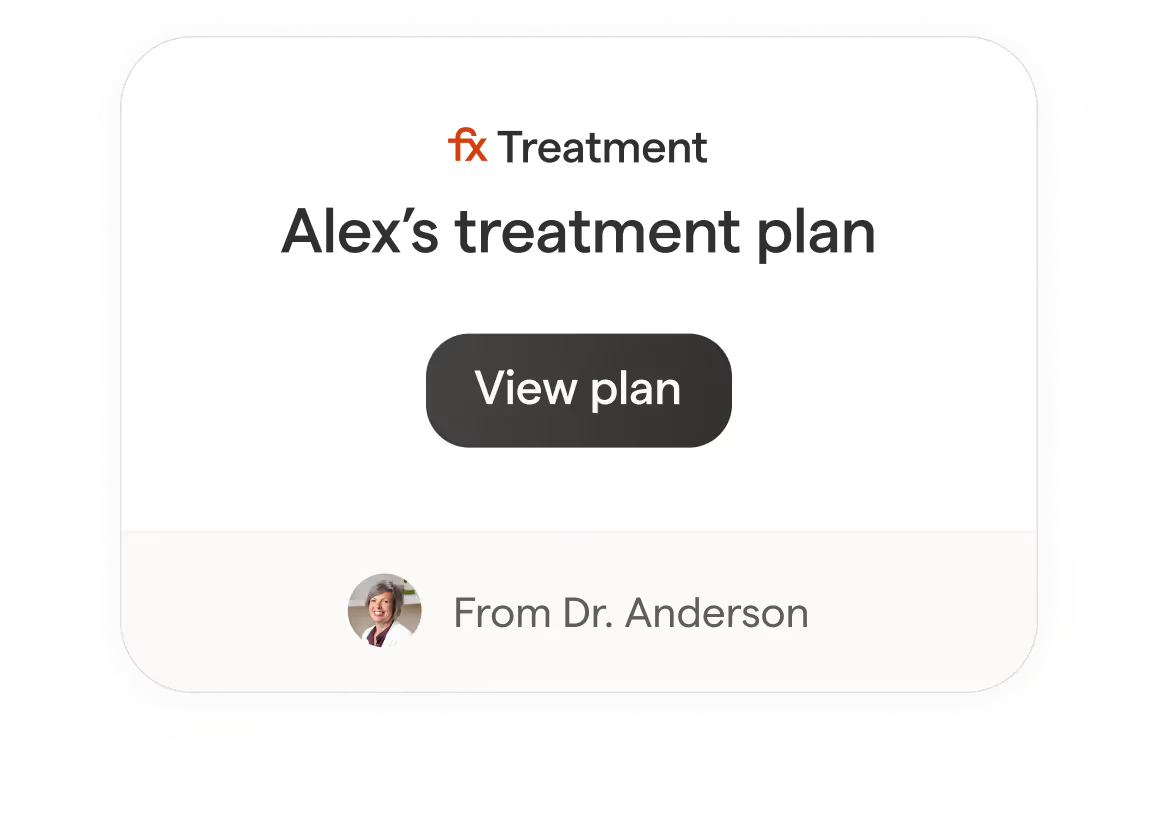Estrace is a medication containing the active ingredient 17β-estradiol.
Its primary use is as a treatment for menopausal symptoms.
In some cases, Estrace is also used in the prevention of osteoporosis in patients that are estrogen-deficient, as part of a holistic prevention plan (i.e., improved diet, smoking cessation, increased calcium and vitamin D intake, and regular physical weight bearing exercise).
For more resources, including a full list of the risks and benefits of Estrace, please review the product monograph.
Estrace works by helping to replace estrogen that is naturally missing as part of the menopausal transition. Replacing this estrogen can help relieve symptoms associated with menopause.
Because osteoporosis (thinning of bones) can be caused by low estrogen levels, Estrace also works to help prevent this disease from occurring.
What is Estrace® used to treat?
Estrace tablets have two primary indicated uses:
The first indicated use is as a treatment for symptoms associated with menopause.
The second indicated use is as a preventative measure to reduce the risks of osteoporosis in estrogen-deficient women. This is done as part of an overall prevention plan that includes other things like:
- Improving dietary choices
- Regular weight bearing exercise
- Stopping smoking (if applicable)
- Increasing intake of both calcium and vitamin D
Estrace will be prescribed by your healthcare practitioner in the lowest dosage that will alleviate menopause symptoms and help prevent osteoporosis.
Estrace is a tablet that’s to be taken orally, once per day. It can be taken with or without food.
It’s important to take your Estrace dosage at the same time each day, as it will help the medication function most effectively, and the hormone levels in your body stay as stable as possible throughout your treatment cycle.
Depending on whether you’ve had your uterus removed (hysterectomy), or you still have an intact uterus, your dosing schedule will look a little different.
Those without an intact uterus will likely be prescribed Estrace every day of the month, while those with an intact uterus will only take Estrace on certain days of the month.
Always follow the Estrace dosing schedule exactly as prescribed by your healthcare practitioner. Never take Estrace more often or in higher dosage than has been prescribed to you.
How long does Estrace® last after you take it?
There are some common Estrace side effects, which are expected to go away as your body adjusts to the treatments. These include:
- Bloating
- Stomach cramps
- Mild headaches
- Mild dizziness
If these side effects continue for a long period of time, or start to impact your comfort, be sure to talk to your healthcare practitioner.
Some people that are taking estrogen with a progestin may experience bleeding similar to that of a menstrual period. This shouldn’t occur in people who’ve had a hysterectomy.
There are some other potential side effects that could be experienced, such as:
- Breast pain and swelling
- Irregular vaginal bleeding or spotting
- Vaginal itching, discharge, or pain
- Depression
- Nervousness and/or irritability
- Allergic reaction and rash
- Hair loss or abnormal hair growth
- Increased blood sugar levels
- Changes in blood pressure
- Acne
- Changes in cholesterol and/or triglyceride levels
- Change in weight (gain or loss)
If any of these side effects start to become severe, be sure to talk to your healthcare practitioner. They may be able to suggest an alternative dosage or medication that may work better for you, based on your health and medical history.
MHT is the most effective treatment for menopausal symptoms and has been shown to prevent bone loss.
In menopausal women who start appropriately-dosed MHT prior to age 60 OR within 10 years of their last period, the health benefits outweigh the risks.
Risks of MHT are considered very rare (~1 case per 1000 to 10,000 women on MHT per year) and may include:
- risks of stroke or blood clots in legs or lungs with oral estrogen (much lower risk with estrogen gel or patch)
- risks of dementia in women older than 65 years,
- risk of breast cancer (less than ~1 case per 1000 women on MHT per year)
These conditions are all rare, but they highlight the importance of having a full discussion with your healthcare practitioner; especially if you’re experiencing moderate to severe side effects.
Individualization is key, and your MHT treatment plan should be reassessed (at least) once a year to monitor your health, as well as ensure that you are on the correct dosage and formulation.
Your practitioner can help you find balance between treating your symptoms safely, and avoiding increased risks.
There are certain people that shouldn’t take Estrace, including:
- People with liver disease
- People that have or have had a known or suspected estrogen-dependent cancer (i.e., endometrial cancer)
- People with endometrial hyperplasia (an overgrowth of the lining of the uterus)
- People that have or have had a suspected breast cancer
- People with unusual or undiagnosed genital bleeding
- People that are pregnant, may be pregnant, or are breastfeeding
- People that have or have had a stroke or coronary heart disease (including heart attacks and/or angina)
- People that experience migraines
- People that have or have had blood clotting disorders, blood clots in the legs or lung, or thrombophlebitis (blood clots and inflammation of the veins)
- People that have vision issues caused by blood vessel disease in the eye
- People allergic to estradiol or any of the other ingredients in Estrace
In addition to these people, there are certain others that should be extra cautious about taking Estrace. This includes people who:
- Have a history of allergies or intolerances to any other medications or substances
- Have a history of breast disease (including lumps), breast biopsies, or a family history of breast cancer
- Have experienced any unusual or undiagnosed vaginal bleeding
- Have a history of uterine fibroids or endometriosis
- Have a history of liver disease or jaundice (yellowing of the eyes or skin)
- Have experiencing itching related to estrogen use or during pregnancy
- Have a history of migraines
- Have a history of high blood pressure
- Have a personal or family history of blood clots
- Have a personal history of heart disease or stroke
- Have a history of kidney disease, asthma, or epilepsy
- Have a history of bone disease (including metabolic conditions or cancers that affect blood levels of calcium or phosphorus)
- Have diabetes
- Have porphyria (a blood pigment disease)
- Have a history of high cholesterol or high triglycerides
- Are pregnant or may be pregnant
- Have had a hysterectomy (surgical removal of the uterus)
- Smoke
- Have had recent surgery or are planning on having surgery in the near future
If any of these conditions apply to you, be sure to talk to your healthcare practitioner before starting Estrace tablets. They may want to suggest an alternative dosage or medication that could work better for you, based on your health and medical history.
There are certain drugs that will interact with Estrace, so be sure to tell your practitioner before starting Estrace is you’re taking medications to:
- Prevent blood clots
- Control diabetes
- Control high blood pressure
- Prevent inflammation (specifically containing phenylbutazone)
- Control epilepsy (i.e., phenobarbital, phenytoin, or carbamazepine)
- Control anxiety (i.e., meprobamate)
- Treat bacterial infections (i.e., antibiotics containing rifampicin)
Grapefruit juice and certain herbal products (i.e., St. John’s wort) may also interact with Estrace.
Further reading









